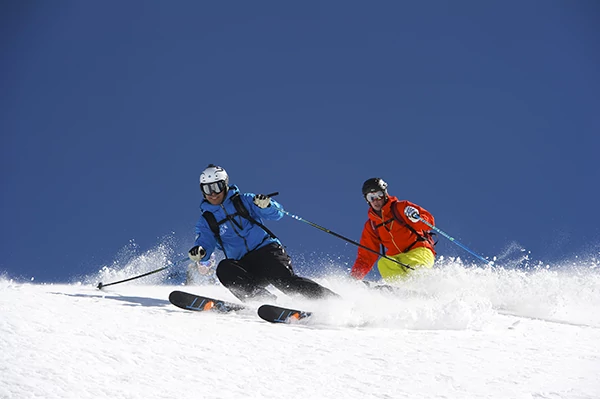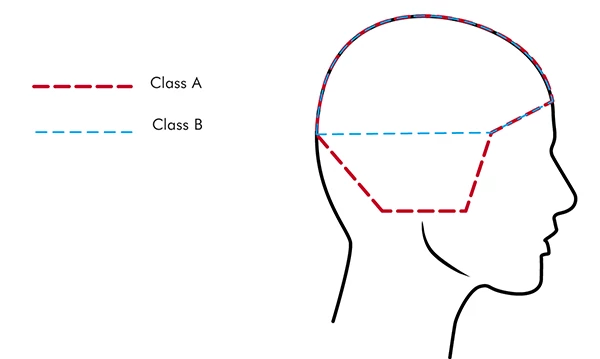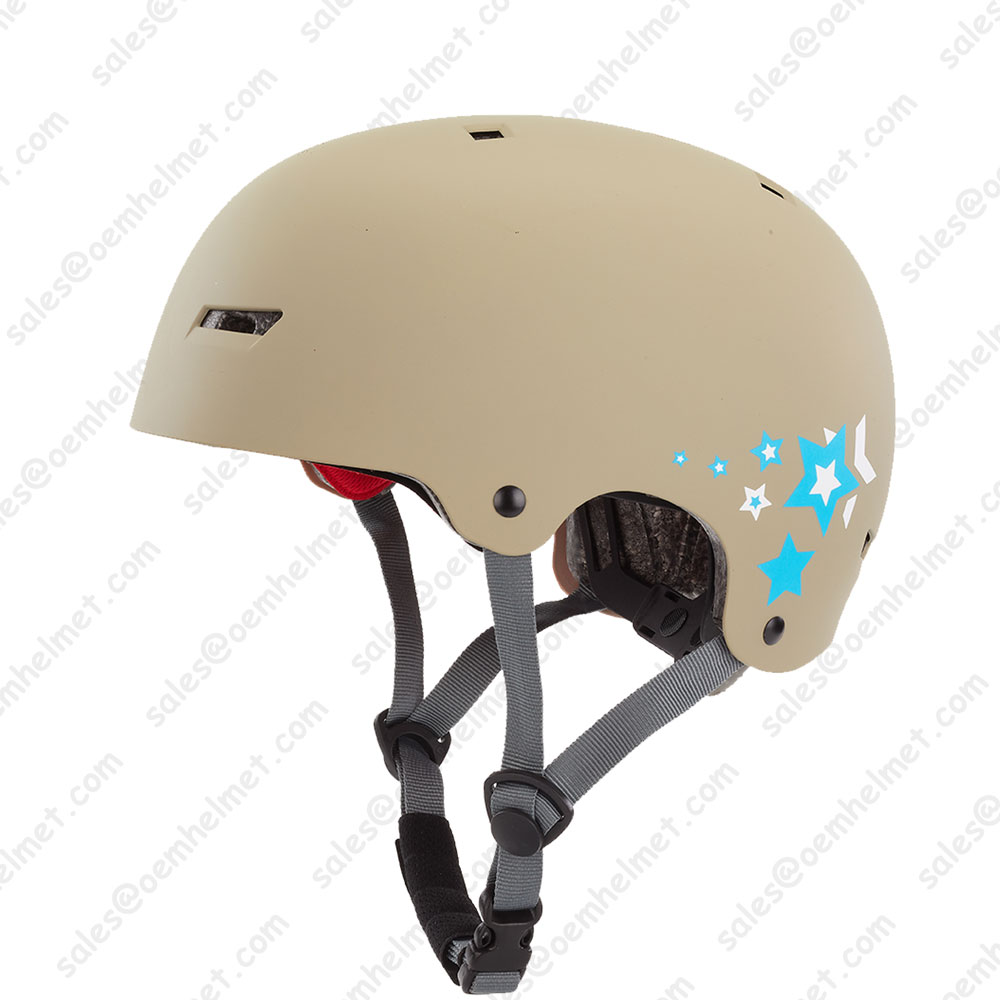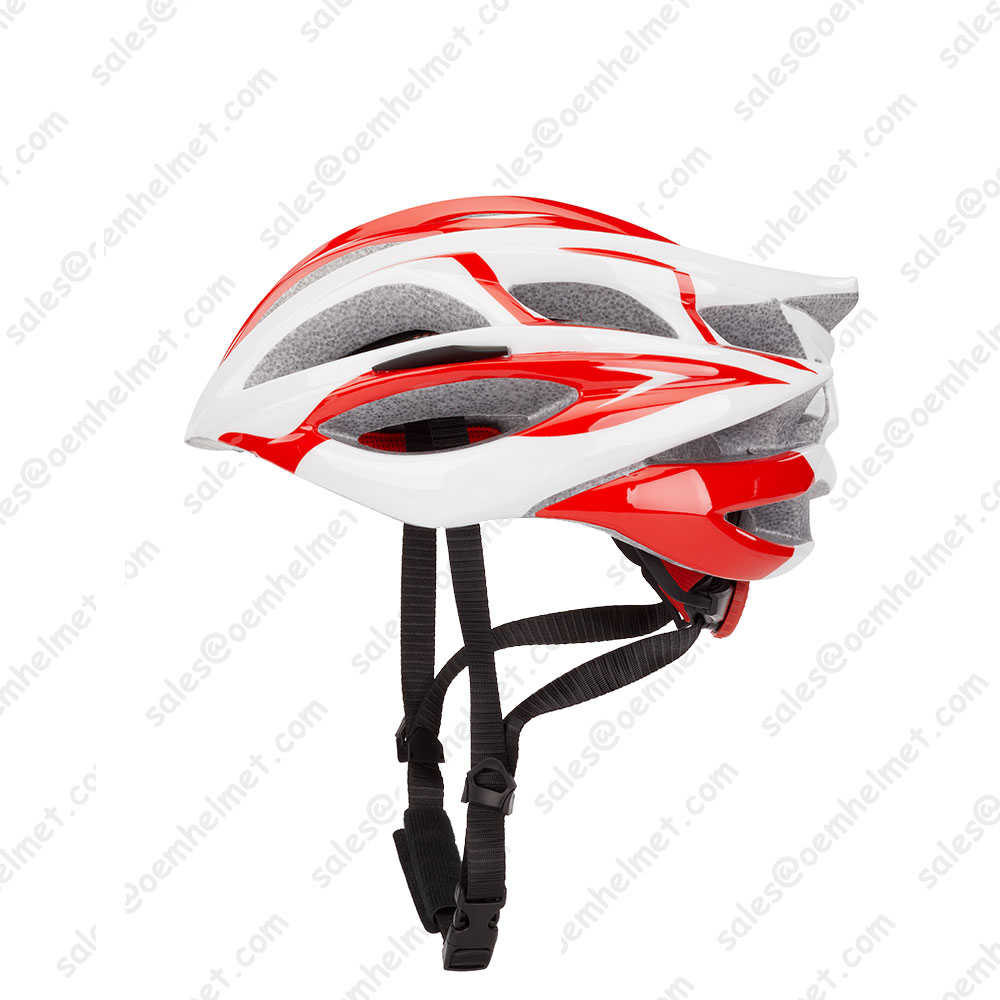Ski Helmets Standards

Skiers and other participants in winter sports, such as snowboarding, are at risk of injury if they are involved in accidents. Owing to the nature of winter sports, many accidents will involve collisions at speed between the skier or snowboarder and other people or objects on the course. Therefore, skiers and snowboarders are advised to wear protective headgear(Ski helmet) to help prevent head injuries. The current European standard for such head protectors is EN 1077:2007. This standard covers two classes of head protector, referred to as ‘Class A’ and ‘Class B’.
As well as providing shock absorption protection to the head, Class A helmets are required to provide coverage to the ears and also a degree of protection to the ear against mechanical hazards such as abrasion. A further requirement is that no part of the helmet should be detachable throughout the minimum protective area. This means, for example, that a Class A helmet cannot have detachable covers over the ears. However, it is not a requirement that Class A provides shock absorption to the area covering the ear. Small openings in the area over the ears are permitted for ventilation and to aid hearing. Class B requires a smaller coverage area, compared to Class A, and does not include a requirement to cover the ears (see figure 1).


An important point to make is that although the consumer has more choice, there is no advice in the standard EN 1077:2007 on when to use Class A or Class B helmets. It is simply necessary to explain in the information leaflet that Class B offers a smaller protective coverage and lower penetration resistance than Class A (see below).
The standard contains a number of general requirements – for instance, helmets should be of low weight, be easy to put on and take off, be usable with spectacles and not significantly impair hearing.
Other requirements include a minimum width of 15mm for the retention system straps and also that the strap shall not include a chin cup.
The materials used in such helmets are required to be innocuous and free from harmful substances. In addition, those parts of the helmet coming into contact with the skin shall not be subject to any known appreciable alteration resulting from contact with sweat or substances likely to be found in toiletries. SATRA recommends that textile straps and textile coverings in contact with the skin have their pH checked, to ensure they are generally neutral. Coloured materials should similarly be checked to ensure there is a satisfactory level of fastness to perspiration, and there shall be no banned azo dyes. Manufacturers which require an EC type-examination will need test data to prove the safety of such materials.
Product testing
Before testing, each helmet is subjected to three pre-treatments: exposure to room temperature (20°C), low temperature (-25ºC) and artificial ageing. The duration of the room temperature and low temperature pre-treatments are a minimum of four hours, but there is no maximum specified.
The artificial ageing procedure is a sequence of exposures, including: i) at least 48 hours at 70°C, ii) at least four hours at room temperature, iii) 48 hours’ exposure to a 125W UV light source and iv) at least a further four hours at room temperature.
In terms of the sample size for testing, four helmets are required for each standard head-form within the stated size range. Standard headforms have circumferences of 495mm, 535mm, 575mm, 605mm and 625mm. For example, if a helmet is claimed to fit size 56-59cm heads, only four helmets would be required for testing (as the 575mm headform is the only one which will fit this range). However, for a helmet claimed to fit size 56-61cm heads, eight helmets would be required, as it covers two headform sizes (575mm and 605mm).
Shock absorption
Shock absorption testing is carried out on a drop rig utilising instrumented head-forms. The impact velocity needs to be 5.42m/s (theoretically equivalent to a drop height of 1,500mm). For each headform size, three helmets are tested – one for each of the three pre-conditioning processes. The resultant acceleration of the headform during each impact must not exceed 250g (gravitational acceleration) where g = 9.81m/s². The impact surface is a flat steel anvil 130mm in diameter. The minimum performance requirement is similar to the level of protection provided by a typical cycle helmet. All impacts must be carried out inside the defined protective coverage area, however each helmet specimen is only impacted once at each of two points at least 100mm apart.
Penetration resistance
The penetration resistance test assesses the resistance of the helmet to penetration by a pointed object. A drop mass falls onto a conical punch positioned in contact with the surface of the helmet shell, and penetration is determined by an indentation or mark on a soft metal insert in the top of a hardwood headform. For a Class A helmet, the required impact velocity is 3.84m/s (theoretically equivalent to a drop height of 750mm). However, for a Class B helmet, the required impact velocity is 2.71m/s (theoretically equivalent to a drop height of 375mm).
The helmet used for the penetration resistance test is first subjected to the conditioning selected from the three specified options, that is considered likely to give the least satisfactory result. The test is carried out at three sites on the helmet.
Testing the retention system
The standard recommends that the retention system opening mechanism – usually a plastic quick release buckle – is coloured red or orange. In addition, no part of the retention system should be coloured green.
The requirements and test methods for retention system performance are designed to ensure that under a dynamic loading situation, the retention system will not stretch or slip significantly and can be unfastened after any incident. This test is performed on the helmet selected for penetration resistance testing.
The retention system effectiveness test aims to ensure that the helmet will remain on the head when subjected to a rotational force. This test is carried out on the helmet subjected to room temperature conditioning before shock absorption testing.
Additional tests
Other tests include an assessment of the field of vision, to ensure that the wearer’s view is not impeded: i) within an angle of 105° side to side, ii) upwards up to an angle of 25° and iii) downwards down to an angle of 45°.
Assessment of the markings and user instructions is usually carried out as part of the testing process. The marking is required to be easily legible to the user and likely to remain legible throughout the life of the helmet. The marking includes the following: the number of the standard (EN 1077), the name or trademark of the manufacturer, the designation of the model, the designation of the class (such as ‘helmet for alpine skiers and for snowboarders – Class A’ or ‘helmet for alpine skiers and for snowboarders – Class B’ as appropriate), the size or size range quoted as the circumference in centimetres of the intended head, the weight of the helmet in grams rounded to the nearest 50g and the year and quarter of manufacture.
The ‘Information to be supplied by the manufacturer’ must include instructions on maintenance, cleaning, storage, suitable accessories, how to adjust to fit the wearer and how the helmet should rest on the head.
In addition, there must be warnings that the shell might be adversely affected by contact with hydrocarbons, cleaning fluids, paints, transfers or other extraneous additions. There should also be warnings that helmets which have been subjected to violent impacts should be discarded. Finally, there shall be text to indicate that Class A and B helmets are for alpine skiers, snowboarders and similar groups. Class A helmets offer comparatively more protection. Class B helmets may offer greater ventilation and better hearing, but protect a smaller area of the head and give a lesser degree of protection from penetration.
Finally, the helmets are required to be durable. This is assessed by a visual and tactile assessment of the helmet after testing. Damage to the helmet following shock absorption and penetration testing which results in sharp edges or points that could be a hazard to the wearer would indicate a lack of durability.
Within Europe, all such helmets are regarded as intermediate category personal protective equipment. This means they must be subject to an EC type-examination before the manufacturer can apply the CE mark, make an EC declaration of conformity and place products on the market. SATRA can carry out the necessary testing and EC type-examination work.
Source: https://www.satra.com/spotlight/article.php?id=429
Source: https://www.satra.com/spotlight/article.php?id=429







